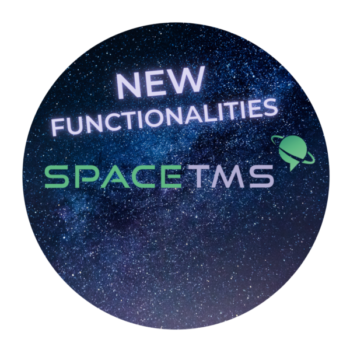Translation technologies: 3 stories from localisation industry
The localisation industry is an ever-growing and changing market of ideas and solutions. While languages change with the growth of culture, the technologies accompanying translators and project managers become more and more astounding. Let’s have a look at some recent news on translation technologies.
1. The mask that tells you all
Japan is the country of technological wonders and we got accustomed to the fact that many of really breathtaking solutions come from this part of the world. This time, Japanese engineers teamed up with localisation experts and computer programmers to develop something really interesting: a mask that translates languages.
While currently wearing a mask to cover one’s face is an everyday practice during the COVID-19 pandemic, it was just a matter of time until someone got the idea to do something more with this object.
C-Face is a device that is put on the normal facemask and connected wirelessly to a smartphone. It allows you for seamless communication and translating speech into 8 languages. See it in action, as its creator, Donut Robotics, shows its capabilities.
2. An AI will never write poetry or prose? Hold my terabytes!
Generative Pre-Trained Transformer 3, or GPT-3 for short, is an AI created by OpenAI research and development company. It is the third version of their project aimed at working with large volumes of text information. How large? According to the experts, it is the largest compilation of texts from various sources. As the algorithm uses a statistical model, it was equipped with 117 billion parameters. This seems unbearable for anybody, but the AI seems to work with it and succeed in producing auto-generated news and even poems!
It gets even more exciting: the poem it created treats about Elon Musk and his Twitter activity. According to Multilingual, it reads as follows:
“The sec said, ‘Musk,/your tweets are a blight./They really could cost you your job,/if you don’t stop/all this tweeting at night.’/…Then Musk cried, ‘Why?/The tweets I wrote are not mean,/I don’t use all-caps/and I’m sure that my tweets are clean.’/’But your tweets can move markets/and that’s why we’re sore./You may be a genius/and a billionaire,/but that doesn’t give you the right to be a bore!’”
Although the AI still has some flaws, it is still pretty impressive. As its creators say, it doesn’t have any idea of the world and context given to words. Even the best translation technologies have limits.
3. Earbuds that translate languages admired for their UX experience
Now, this is a gadget that can come in handy, especially during summer holidays. Even though travelling abroad was made more difficult by the pandemic, many people still travel and establish international contacts. Not everything can be done via e-mails and video conferences.
Timekettle 2 is a set of wireless earphones with a charging container. It looks like a typical product mimicking AirPods but in fact its purpose is different. You can share an earbud with somebody else, who doesn’t know your language.
With the help of a smartphone, the earphones become an electronic translating device that whispers in your ear the message in the language you choose.
The set and application support 40 languages in 93 different accents. Seems really impressive!
Year after year, we are surprised with more and more advanced technological language aids. With the software and hardware innovations, it seems that near future will truly become the age of multilingualism for all. The translation technologies are here to stay.




